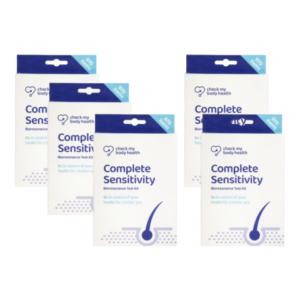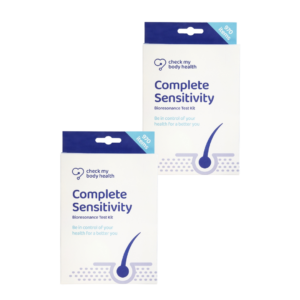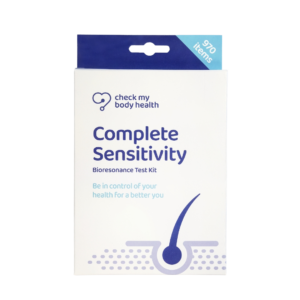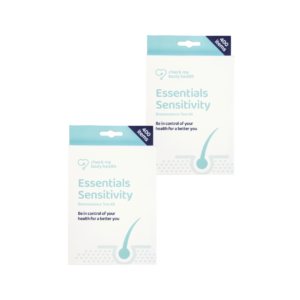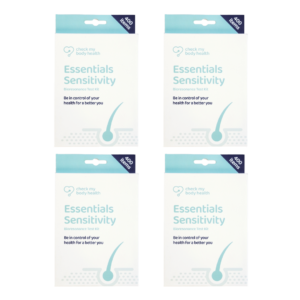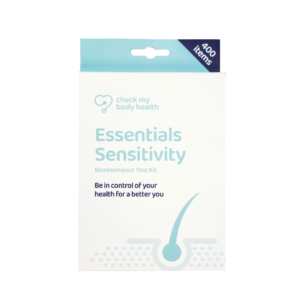Published Dec 2, 2020
An elimination diet is a diet that severely restricts or avoids certain foods or ingredients, before slowly reintroducing them to monitor any change in symptoms. The aim is to avoid these foods for a few weeks to see if doing so makes any difference to your health and then to monitor any changes when you re-introduce them after giving your body a rest from them. If you suffer with the symptoms of a food intolerance, then you may have considered embarking on an elimination diet.
A food intolerance (also known as a food sensitivity) causes mainly gastrointestinal symptoms, such as gas, bloating and pain, and can also cause headaches and skin itching. They’re annoying at best, but can also be embarrassing and interfere with our quality of life.
Knowing what foods or ingredients we might be sensitive to, is tricky though. Which inherently makes elimination diets tricky, and quite literally a case of trial and error. The problem with this is, that it can be time consuming and there’s a danger that you could become deficient in one or more important nutrients if you eliminate whole food groups for long periods of time.
That’s why an elimination diet has to be done sensibly and properly. Ideally, some doctors will say, an elimination diet should only ever be done under the supervision of a dietician or nutritionist, but we don’t all have those to hand.
So that’s where we come in! Our food intolerance testing kits test your simple hair sample for hundreds of foods and ingredients, giving you an idea of which ones you may be highly or moderately sensitive to, and which foods should cause you no uncomfortable symptoms.
Knowing where to start with an elimination diet is half the battle won. For example, without a test, you might be cutting bread and pasta out of your diet in the mistaken belief that you’re intolerant to gluten. But in reality, it could be the cheese in your sandwich or sprinkled on your bolognase that is causing you to experience a lactose allergy from dairy products.
When you order a test kit from us, we’ll provide you with all the foods and ingredients that are on your no-go and ok to eat lists. We’re all individual, and your results will be unique to you. But not only that, we’ll provide advice and tips on how to carry out your elimination diet safely.
We’ll talk you through each stage of elimination and then re-introduction of foods and provide a diary where you can record your symptoms. You’ll then be able to notice any patterns emerging. For example, a reduction or complete disappearance of symptoms after a few weeks of eliminating tomatoes, onions or garlic could be down to an intolerance to these foods. Then, when you slowly re-introduce them, if your symptoms begin to return, then you can be pretty certain that they’re the culprit. You can then choose to permanently exclude them from your diet if you wish.
The key to any successful elimination diet is eliminating small groups of foods at a time, so that your results aren’t confusing to interpret. We’ll give you all the help you need – so order your test kit now, to begin your journey of discovery into what foods could be causing your discomfort.
Written by Bev Walton
Food Writer and Nutritionist, dietician
A chef of over 35 years with experience in all types of cuisine, dietary plans, recipe development, health and nutrition. I have been writing for over 10 years for both magazines, websites and ghostwriting for ebooks, Kindle and fully published books. I have a degree in nutrition and dietetics and work with restaurants and organisations within the healthcare profession. I am also able to take high quality photographs of recipes created. No writing task is too great, and whilst I specialise in the above, I am able to write about any topic you throw at me. Member of the Guild of food writers.


